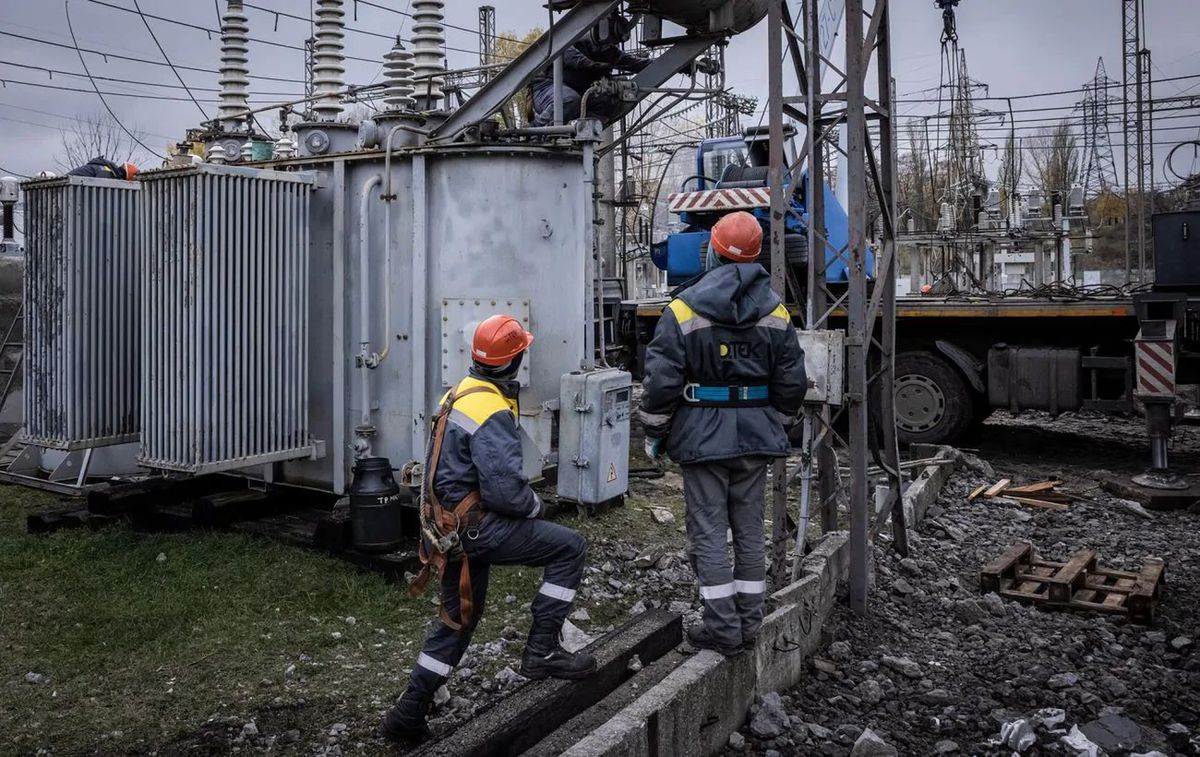 The aggressor country russia has in its arsenal 585 missiles that can be fired at a distance of more than 500 kilometers.
The aggressor country russia has in its arsenal 585 missiles that can be fired at a distance of more than 500 kilometers.
This was said by Vadym Skibitskyi, the representative of the Defence Intelligence of Ukraine, in a comment for RBK-Ukraine.
“If we are talking about ballistic and cruise missiles Iskander, according to our data, there are approximately 270 units. There are about 140 missiles of Kalibr missiles. There are fewer Kh-101 missiles, but at the same time a total number of Kh-101, Kh-555 and Kh-55 with warhead in accordance with our assessment is around 100 missiles,” the DIU representative said.
Vadym Skibitskyi added that the aggressor may still have roughly 75 Kinzhal aeroballistic missiles in stock, as well as 150 Kh-22 missiles, which the aggressor is seeking to improve.
“The modified versions have a new index – the Kh-32. According to our estimate, the russians can produce no more than 10 upgraded missiles monthly," the representative of Ukraine’s military intelligence said.
According to him, because of reaching the critical limit and the intention to accumulate the high-precision Kh-101 missiles, the aggressor reduced the frequency of their employment.
“According to the plans, the russians can produce about 40 Kh-101 missiles every month, but we already clearly know that these plans are not being fulfilled. This is primarily due to the shortage of foreign components. The second factor is reserves. Because these missiles are considered more accurate and more effective, if compared, for example, with the cruise Kh-555, Kh-22 or even Kalibr missiles, which we successfully shoot down," Vadym Skibitskyi explained.
The DIU representative stated that the russians are planning to produce the six Kinzhals, 30 Iskander-M ballistic missiles, 12 Iskander-K cruise missiles, 20 Kalibrs, and about 40 Kh-101s in August of 2023. However, the actual release of certain types of these missiles lags behind the plans.
russia's inability to produce missiles in the scheduled volumes led to change in shelling tactics. Now, the aggressor are combining various classes of missiles, selecting targets with greater precision, and paying considerable attention to determining cruise missile and UAV flight routes to avoid Ukrainian air defences.
If the russians receive information about the urgent need to target a specific location in Ukraine, they use more accurate and faster missiles, as was the case during the recent attack in Chernihiv, where the enemy used the cruise missile Iskander-K.
“Iskander missile brigades are deployed along the entire border – in Rostov, kursk, and belhorod regions, as well as on our occupied territories, including in Crimea. Therefore, our regions and areas closer to the front line and the Ukrainian-russian border are under the threat, because flight time of these missiles to their target is a matter of minutes. It is extremely difficult to quickly react to their employment,” Vadym Skibitskyi explained.
The change in the tactics of missile attacks may be related to russia' intention to amass weapons before the autumn-winter period in order to attack Ukraine's energy systems again.
The DIU representative reminds that the enemy continue reconnoitering in order to determine relevant objectives, working on different approaches of employment of missiles and attack drones, searching the routes to avoid Ukrainian air defence.
“However, such massive attacks as those of last October, November, and December, when the russians launched 70-100 missiles at a time, are unlikely to happen again. The russians are aware that they may not achieve their goal, but instead, they just deplete their reserves as they did last year,” Vadym Skibitskyi summarized.